Disclosure: This article contains affiliate links. We may earn a commission from purchases at no extra cost to you, which helps our travel content.
The first time my daughter and I stepped into Muscat's Sultan Qaboos Grand Mosque, with its massive crystal chandelier catching the morning light, I realized Oman would challenge everything we thought we knew about the Arabian Peninsula. After my transformative experience in Kenya years ago, I've made it my mission to seek out destinations that offer my family both cultural richness and educational value beyond what any classroom could provide. Muscat delivers this in spades. Unlike its flashier neighbors with their futuristic skylines, Oman's capital proudly wears its 1,500-year history on its sleeve – from the weathered stones of ancient fortifications to the intricate details of its Islamic architecture. This winter, we spent a soul-enriching week exploring Muscat's historical treasures, and I'm convinced it's one of the most underrated family destinations for those seeking to understand the depth and complexity of Arabian heritage.
Muscat's Magnificent Forts: Guardians of a Maritime Empire
The twin sentinels of Al Jalali and Al Mirani forts have stood guard over Muscat's harbor since the 16th century, silent witnesses to Portuguese occupation, Ottoman threats, and finally, Omani independence. These imposing structures are best viewed from the waterfront Corniche, where my daughter and I spent our first morning in Muscat getting our bearings.
But the crown jewel of Omani military architecture is undoubtedly Mutrah Fort, perched dramatically on a rocky outcrop overlooking the city. The steep climb to reach it is rewarded with panoramic views that help you understand why this location was so strategically important. I recommend tackling this hike in the early morning before the heat becomes oppressive – we started our ascent at 7:30 AM and had the fort almost entirely to ourselves.
For families with younger children, the recently restored Bait Al Baranda museum near Mutrah Fort offers an excellent introduction to Muscat's military history with interactive exhibits that kept my daughter engaged for nearly two hours. The museum staff provided her with a 'history detective' worksheet that turned our visit into a treasure hunt through Oman's past.
To document these magnificent structures properly, I relied on my trusty travel camera. Its compact size made it easy to carry during our fort-hopping adventures, while still capturing the dramatic scale and intricate details of these historical monuments.
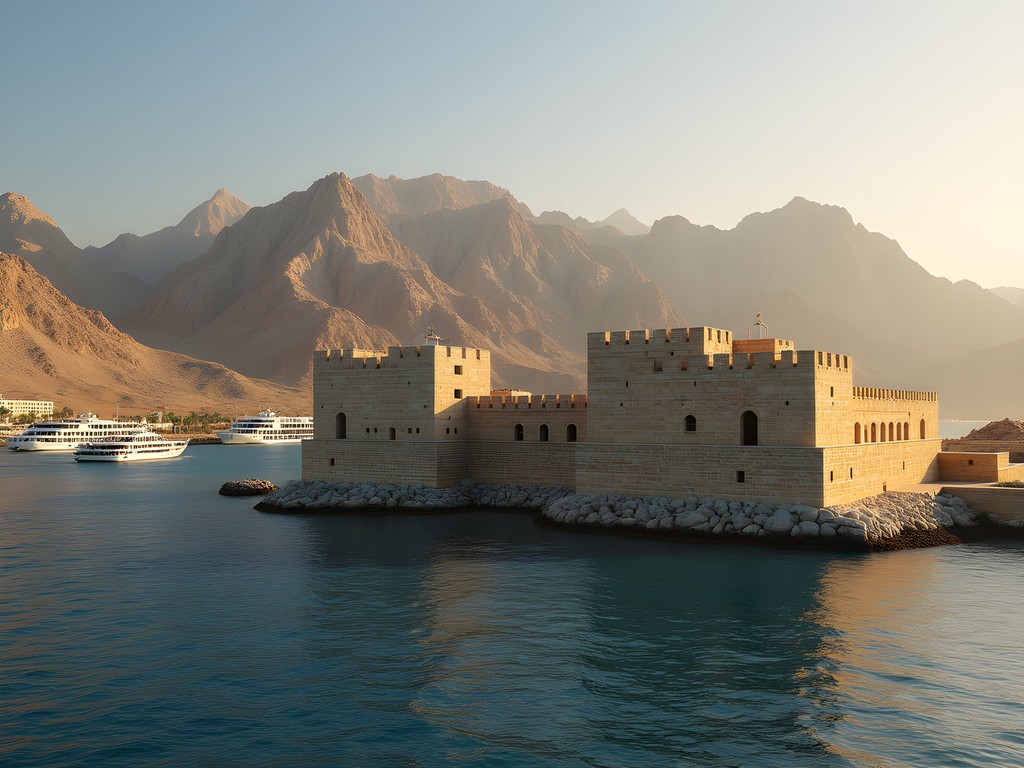
💡 Pro Tips
- Visit forts in the early morning (before 9 AM) to avoid both crowds and midday heat
- Wear sturdy shoes with good grip for the uneven surfaces and steep climbs
- Bring a wide-angle lens to capture the full scale of the fortifications against the dramatic mountain backdrop
Sultan Qaboos Grand Mosque: A Masterpiece of Islamic Architecture
No historical tour of Muscat would be complete without dedicating a morning to the Sultan Qaboos Grand Mosque. Completed in 2001, it might not be ancient by Omani standards, but it represents the culmination of centuries of Islamic architectural tradition. The mosque welcomes non-Muslim visitors from 8 AM to 11 AM every day except Friday, making it accessible for families wanting to understand this important aspect of Omani culture.
What struck me most wasn't just the sheer scale of the main prayer hall – which can accommodate 6,500 worshippers – but the meticulous attention to detail. The hand-woven Persian carpet covering the floor contains 1.7 billion knots and took four years to complete. My daughter spent nearly 30 minutes just identifying different patterns and motifs in a single corner of this textile masterpiece.
The mosque's library contains over 20,000 volumes and offers a glimpse into the Islamic scholarly tradition. Though many books are in Arabic, there's a significant English collection that provides insights into Islamic art, architecture, and history. The staff were exceptionally welcoming to my curious daughter, patiently answering her endless questions about the building's construction.
Remember that modest dress is required – women must cover their hair, arms, and legs, while men must wear long pants and sleeves. If you forget, the mosque provides appropriate attire to borrow, but bringing your own is more comfortable. I packed a lightweight travel scarf for my daughter, which served triple duty as a head covering for mosque visits, sun protection during our outdoor explorations, and an extra layer for chilly evenings.

💡 Pro Tips
- Arrive early (around 8:30 AM) to enjoy the mosque before tour groups arrive
- Bring socks as you'll need to remove your shoes before entering the prayer hall
- Download the free mosque audio guide app before your visit for detailed explanations of the architecture and symbolism
Mutrah Souq: Shopping Through the Centuries
While modern malls dot Muscat's expanding suburbs, the historical heart of Omani commerce beats within the labyrinthine alleys of Mutrah Souq. Dating back over 200 years, this traditional market offers a sensory journey that captivated both my daughter and me from the moment we stepped through its ornately carved wooden entrance.
The souq is organized roughly by product type – frankincense and myrrh (Oman's historical trade treasures) near the main entrance, followed by sections for textiles, gold, silver, antiques, and everyday household items. Unlike some tourist-oriented markets in other countries, Mutrah Souq serves locals and visitors alike, lending it an authenticity that's increasingly rare.
My daughter was particularly fascinated by the silver section, where artisans craft traditional Omani khanjar daggers and intricate jewelry using techniques passed down through generations. Many craftsmen are happy to demonstrate their work if you show genuine interest – we spent nearly an hour watching one silversmith create a delicate filigree bracelet, an experience no history textbook could replicate.
The antique section yielded our favorite souvenir – a 1940s brass compass that once belonged to a Bedouin navigator. While certainly not inexpensive at 65 Omani Rial (about $170), it now occupies a place of honor in our home and sparks conversations about navigation before GPS and smartphones.
Navigating the souq's narrow passages can be disorienting, especially during busy evening hours. I found my pocket guidebook invaluable for its detailed map of the souq's layout and key phrases for bargaining in Arabic. The book's historical context also helped us appreciate the significance of various traditional items we encountered.
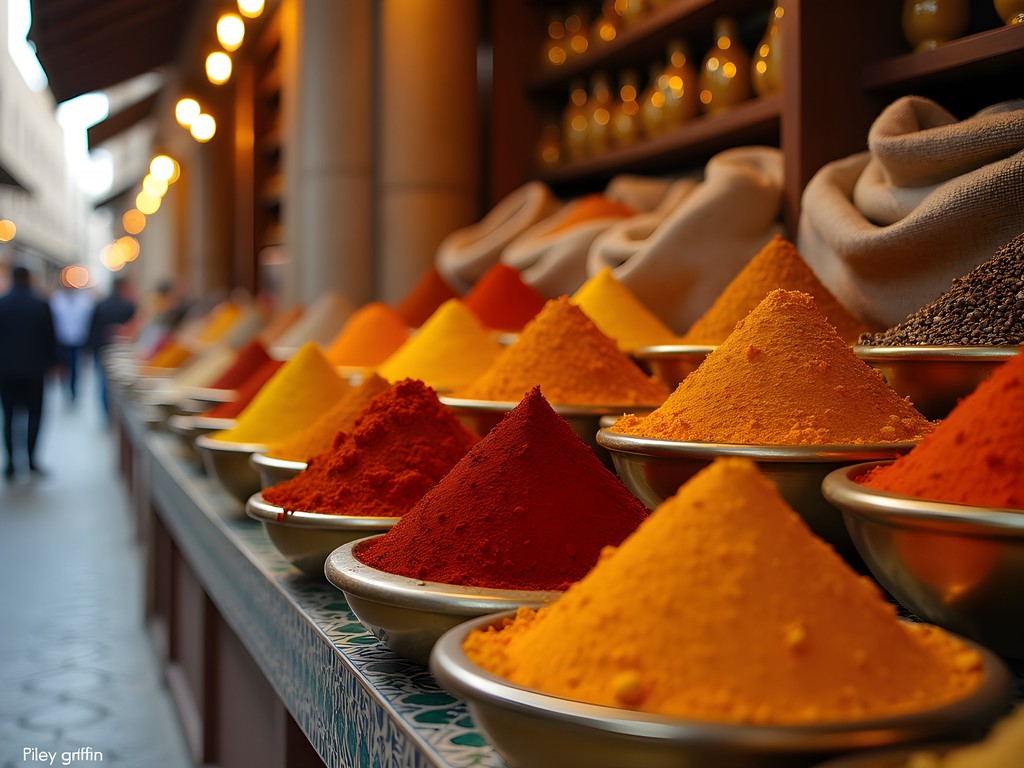
💡 Pro Tips
- Visit both during daytime and evening hours for two completely different atmospheres
- Bargaining is expected but should be good-natured – start at about 60-70% of the initial asking price
- Take photos of your entry point or use Google Maps to drop a pin – it's surprisingly easy to get disoriented
Bait Al Zubair: A Window into Omani Daily Life
While grand mosques and imposing forts tell the official history of Oman, I've always found that understanding how ordinary people lived provides the most meaningful historical insights for my family. That's why Bait Al Zubair Museum became the unexpected highlight of our Muscat exploration.
Housed in a restored traditional Omani home, this private museum showcases the Al Zubair family's remarkable collection of artifacts spanning over 300 years of Omani cultural history. What sets it apart is its focus on everyday items – traditional clothing, household implements, agricultural tools, and children's toys – that paint a vivid picture of domestic life across generations.
The museum's garden features full-scale reproductions of different regional Omani dwellings, from coastal fishing homes to mountain settlements and desert encampments. My daughter was particularly fascinated by the falaj water system model, which demonstrates the ingenious irrigation methods that made agriculture possible in this arid region for over 2,500 years.
The museum's thoughtful curation includes excellent English explanations and context for each exhibit. We spent nearly three hours exploring, with my daughter filling several pages in her travel journal with sketches and observations. The museum staff noticed her interest and gifted her a beautiful book on traditional Omani children's games – a gesture of the legendary Omani hospitality that made a lasting impression.
To document our museum exploration in the often challenging lighting conditions, I relied on my smartphone gimbal. It allowed me to capture smooth video walkthroughs of the exhibits without disturbing other visitors, creating lasting memories of our educational adventure that we've rewatched several times since returning home.
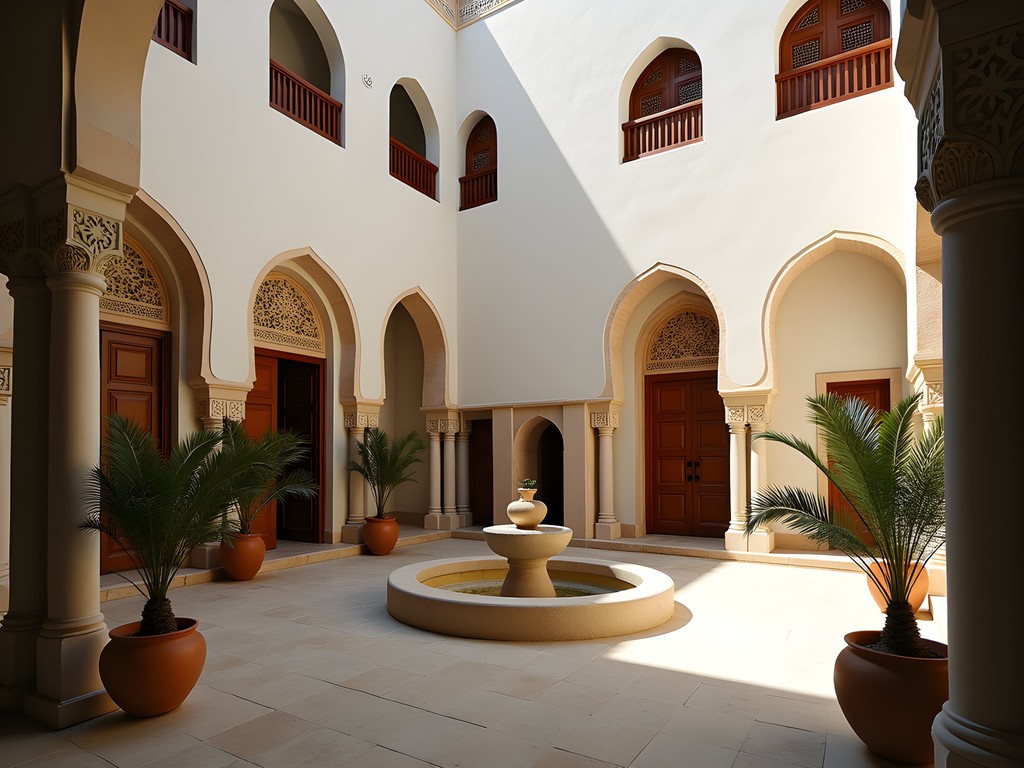
💡 Pro Tips
- Allow at least 2-3 hours to fully appreciate the collection – it's more extensive than it first appears
- Visit on Thursday afternoons when local artisans often demonstrate traditional crafts in the courtyard
- Don't miss the small but excellent gift shop, which offers ethically-sourced crafts that support local artisans
Royal Opera House: Where Tradition Meets Modernity
While not ancient by definition, no exploration of Muscat's cultural landscape would be complete without acknowledging how Sultan Qaboos masterfully blended Oman's rich heritage with contemporary arts through the Royal Opera House Muscat. Opened in 2011, this architectural marvel represents the culmination of Oman's cultural renaissance while honoring its traditional aesthetic sensibilities.
Even if you can't attend a performance (though I highly recommend checking the schedule before your visit), the building itself is worth exploring through their excellent daily guided tours. The 90-minute tour takes you through the magnificent foyer with its Swarovski crystal chandeliers, the 1,100-seat concert hall with its world-class pipe organ, and even backstage areas normally off-limits to visitors.
What fascinated me most was how the building incorporates traditional Omani architectural elements – mashrabiyas (ornate wooden screens), hand-carved marble detailing, and geometric patterns – into a thoroughly modern performance space with cutting-edge acoustics. It's a perfect metaphor for modern Oman itself: deeply respectful of tradition while confidently embracing the future.
The Opera House complex also includes beautiful landscaped gardens, a cultural market selling high-quality crafts, and an excellent restaurant serving refined Omani cuisine. We spent an entire evening here, starting with a late afternoon tour followed by dinner and a traditional music performance.
For families with children interested in music or performing arts, the Opera House offers special educational programs during certain periods. My daughter participated in a 'behind the scenes' workshop designed for young visitors that included trying orchestral instruments and learning about stage lighting – an experience she still talks about months later.

💡 Pro Tips
- Book tour tickets online at least 24 hours in advance as they often sell out, especially during tourist season
- Check the performance schedule before your trip – witnessing a show in this venue is unforgettable
- Dress smartly for tours (no shorts or flip-flops) – the dress code is enforced
Final Thoughts
As our week in Muscat drew to a close, I found myself reflecting on how this city has masterfully preserved its historical treasures while evolving into a modern capital. Unlike destinations where ancient sites feel disconnected from contemporary life, Muscat's historical fabric remains vibrantly interwoven with its present. The forts that once defended against maritime invaders now stand as proud symbols of national identity. The traditional souq continues to bustle with commerce as it has for centuries. And perhaps most importantly, Oman's commitment to sharing its heritage with visitors – especially curious children like my daughter – creates meaningful cultural exchanges that foster understanding across borders. If you're seeking a family destination that combines educational value with authentic cultural immersion, Muscat deserves a prominent place on your travel map. The ancient treasures of this Arabian gem will enrich your family's perspective in ways that last long after the journey ends.
✨ Key Takeaways
- Muscat offers an authentic glimpse into Arabian history without the overwhelming commercialization of some neighboring destinations
- Winter months provide ideal weather for exploring outdoor historical sites comfortably
- Omani culture is exceptionally welcoming to families, making it an ideal introduction to Middle Eastern travel
📋 Practical Information
Best Time to Visit
November through March (winter months)
Budget Estimate
$150-200 per day for a family of four including accommodations, meals, and activities
Recommended Duration
5-7 days
Difficulty Level
Easy
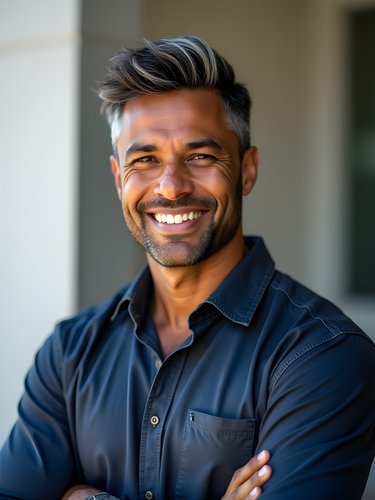
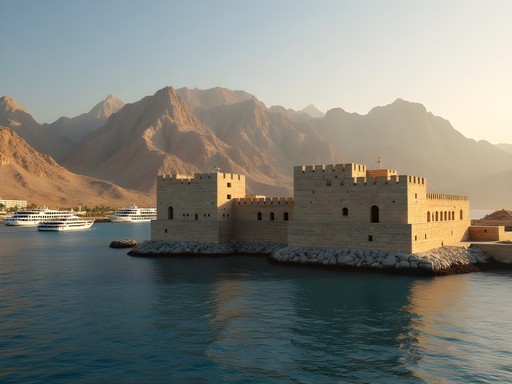
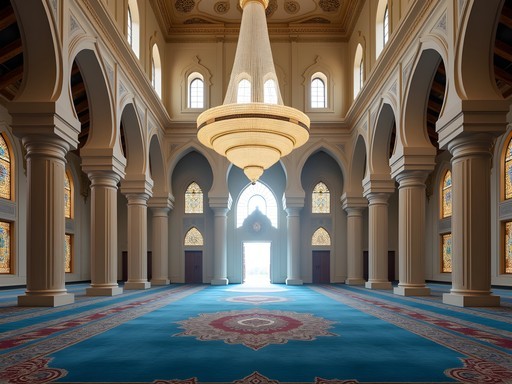
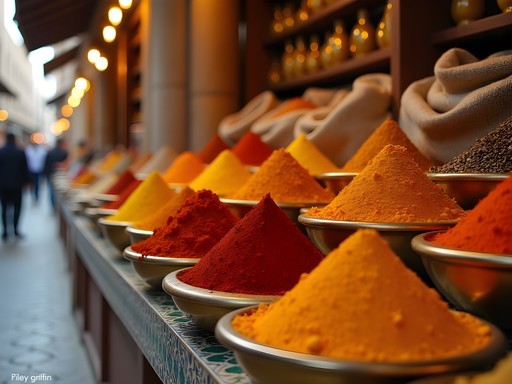
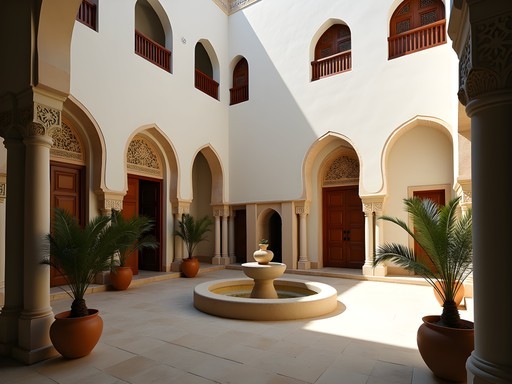











Comments
greenway
OMG YOUR PHOTOS ARE AMAZING!!! 😍😍😍 The light in that mosque shot is PERFECT! What camera did you use? I'm heading to Muscat in November and want to capture it half as well as you did!
Riley Griffin
Thank you! Just used my phone actually - Pixel 7 Pro. The mosque has such amazing natural light that it does most of the work for you. Just go early (around 8-9am) when it's less crowded!
greenway
No way! That's impressive for phone photos. Thanks for the timing tip - will definitely plan for morning visits!
wanderperson
Just got back from Oman last month and your post captures the essence perfectly! The Mutrah Souq was my favorite - I spent hours getting lost in those winding alleys. Pro tip for anyone going: bargaining is expected but keep it respectful. Omanis are incredibly hospitable and don't appreciate aggressive haggling. I found the frankincense sellers particularly interesting - bought some and now my apartment smells amazing. Also, don't miss the small coffee shops inside the souq that serve traditional Omani coffee with dates!
greenway
Did you try the halwa? That sweet with the coffee was my favorite thing in Oman!
wanderperson
Yes! The saffron halwa was incredible. I brought some home but it didn't last long!
coffeebuddy
Your photos of Mutrah Souq are making me want to book a flight right now! Those lanterns look magical.
Bryce Diaz
Riley, your post brought back so many memories! I spent three weeks in Muscat last year and was equally captivated by how the city balances tradition and modernity. The forts were my absolute highlight - I'd recommend visiting Jalali and Mirani early morning when the light hits them perfectly for photography. Also worth mentioning is the Royal Opera House, which is a more modern treasure but still showcases Omani architectural elements beautifully. Did you manage to venture outside Muscat to Nizwa or Jebel Shams? Those make for incredible day trips.
Riley Griffin
Thanks Bryce! We did make it to Nizwa on our last day - the fort there was spectacular. Didn't have time for Jebel Shams though, saving that for next time!
wanderperson
Bryce - did you need a guide for Jebel Shams or is it doable independently?
Bryce Diaz
It's definitely doable independently if you rent a 4WD! The roads are well-maintained but steep in places. I used guidebook which had excellent driving directions and hiking trail info.
travelvibes
Just returned from Muscat last week! The Sultan Qaboos Grand Mosque was even more impressive in person than your photos show. We also loved the Royal Opera House - not ancient history but definitely worth seeing for the architecture. The dress code at religious sites is strictly enforced though - my friend had to rent a cover-up at the mosque because her outfit wasn't conservative enough.
wanderlustqueen
Thanks for the dress code reminder! Did you need to cover hair at all times or just in the mosque?
travelvibes
Just in the mosque for women! But shoulders and knees covered everywhere is a good rule. Men need long pants at the mosque too.
freebackpacker
Great post! How strict is the dress code for women visiting the mosque? Planning a trip there in January.
Riley Griffin
Very strict! Women need to cover hair, arms to wrists, and legs to ankles. They provide abayas if needed, but I recommend bringing your own scarf. They're quite particular about tight clothing too.
freebackpacker
Thanks for the quick reply! Will definitely pack accordingly.
sunnylife
That chandelier in the Grand Mosque looks incredible! Definitely adding Muscat to my bucket list.
Frank Carter
Riley, your post brought back so many memories! I spent two weeks in Oman last year documenting traditional crafts. The forts are absolutely magnificent - I was particularly moved by Al Jalali Fort's strategic position and the stories our guide shared about Portuguese invasions. One tip for visitors: don't miss the museum at Bait Al Zubair - the collection of traditional Khanjar daggers is spectacular. Also worth mentioning is how incredibly helpful Omani people are. When I got lost trying to find a specific historical site, a local literally drove me there in his car and refused any payment. That kind of hospitality is increasingly rare in our world. I used my travel guide extensively - it has much better historical context than other guidebooks.
wanderlustqueen
Heading to Muscat next month! How many days would you recommend for seeing all these historical sites?
Riley Griffin
I'd say 3-4 days minimum to really appreciate the historical sites without rushing. The Grand Mosque alone deserves at least half a day!
Oliver Duncan
Great post, Riley! I visited Muscat last year on a shoestring budget and was blown away. The Sultan Qaboos Grand Mosque is genuinely breathtaking - I'd recommend going early morning to avoid both crowds and heat. The Mutrah Souq was my favorite though - got lost for hours in those winding alleys! Found an amazing little tea shop tucked away where locals gather. If anyone's heading there, don't miss the frankincense vendors - I brought some home and the smell still takes me straight back to Oman whenever I burn it.
wanderwanderer
Did you feel safe wandering the souq alone? Planning a solo trip there.
Oliver Duncan
Absolutely! Muscat felt like one of the safest places I've traveled solo. The souq vendors are persistent but respectful - nothing like the aggressive selling you might find elsewhere. Just keep your bearings or use Maps.me offline.
Venture X
Premium card with 2X miles, $300 travel credit, Priority Pass